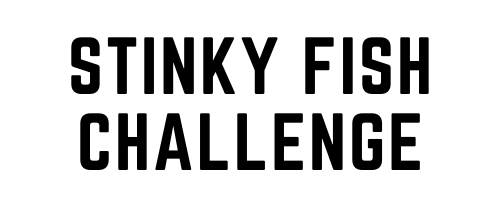Sweden, a Nordic land known for ABBA, IKEA, and, believe it or not, a fish delicacy that could knock your socks off. Yes, we’re talking about Surströmming, the fermented herring that has gained infamy for its strong, pungent smell. But did you know there’s a method to this malodorous madness? The seasonal availability of Surströmming is a fascinating tale of tradition, timing, and temperature.
To understand the timing, we first need to jump into the icy Baltic waters. Surströmming starts its journey as Baltic herring caught in April and May. No, they don’t wear calendars; this is when the fish are in their prime condition, just about to spawn.
Once caught, they’re placed into a strong brine. Think of it as a fishy spa treatment, except the final result is not a rejuvenated fish but one ready for your dinner plate. The fish hang out in this brine for about 20 hours, drawing out blood and prepping them for their transformation.
After this, the herring, now with a new brine-induced glow, are decapitated and gutted (quite the spa day, right?) before being placed into a weaker brine solution. The barrels of fish then go into a room kept at a steady 15-20 °C (59-68 °F), which is about as warm as a Swedish summer’s day.
But here’s where things get interesting. As it turns out, the fish have a secret ingredient in their spines – a lactic acid enzyme that, when activated under the right conditions (temperature and brine concentration), begins the fermentation process. And the low temperature in Northern Sweden plays a vital role in shaping the character of the final product.
Canning takes place at the beginning of July and for five weeks thereafter. Think of it as a summer job for the Swedes, but with a scaly twist. Ten days before the grand premiere, the final product is distributed to wholesalers.
And now we come to the heart of the matter: the seasonal availability of Surströmming. Swedes typically crack open these cans after the third Thursday of August, also known as “Surströmming day,” and continue their fishy feast through early September.
But why this time? For one, the fermentation process needs time to work its magic. Secondly, the tradition coincides with the end of the Swedish summer, when outdoor gatherings are still possible. After all, Surströmming is typically eaten outdoors due to its powerful smell.
It’s also worth noting that there’s a whole art to eating Surströmming. Contrary to popular belief, Surströmming should not be eaten directly from the can. You should have your accompaniments ready, like freshly boiled potatoes, butter, bread, and chopped onions, before you open the can. The initial smell of Surströmming tends to overpower all other fragrances in the room (or in the great outdoors).
As for drinks? Surströmming is commonly served with snaps
, light beers like pilsner or lager, svagdricka (a type of small beer), water, or cold milk. What to drink with Surströmming is a topic of heated debate among connoisseurs1.
By the way, Surströmming isn’t the only tradition that Swedes love. From Easter to midsummer, the crayfish party to Christmas, Swedes don’t miss any opportunity to celebrate their traditions2. So, mark your calendars for the third Thursday of August and get ready to join in on the Surströmming tradition. Just remember, it’s not just about the smell; it’s also about understanding the seasonal availability of Surströmming and the traditions that make it so unique.
And there you have it, folks! A peek into the world of Surströmming, where timing is everything. Now, who’s up for a stinky fish challenge? Check out our other articles on how to eat Surströmming and what Surströmming smells like for more juicy details34.
Do you have any Surströmming stories to share? Or perhaps a hankering to try this unique dish? Let us know in the comments below. And don’t forget to share this article with your friends who might be up for a culinary adventure. Trust us, it’s a conversation starter!
Happy Surströmming season, everyone!

